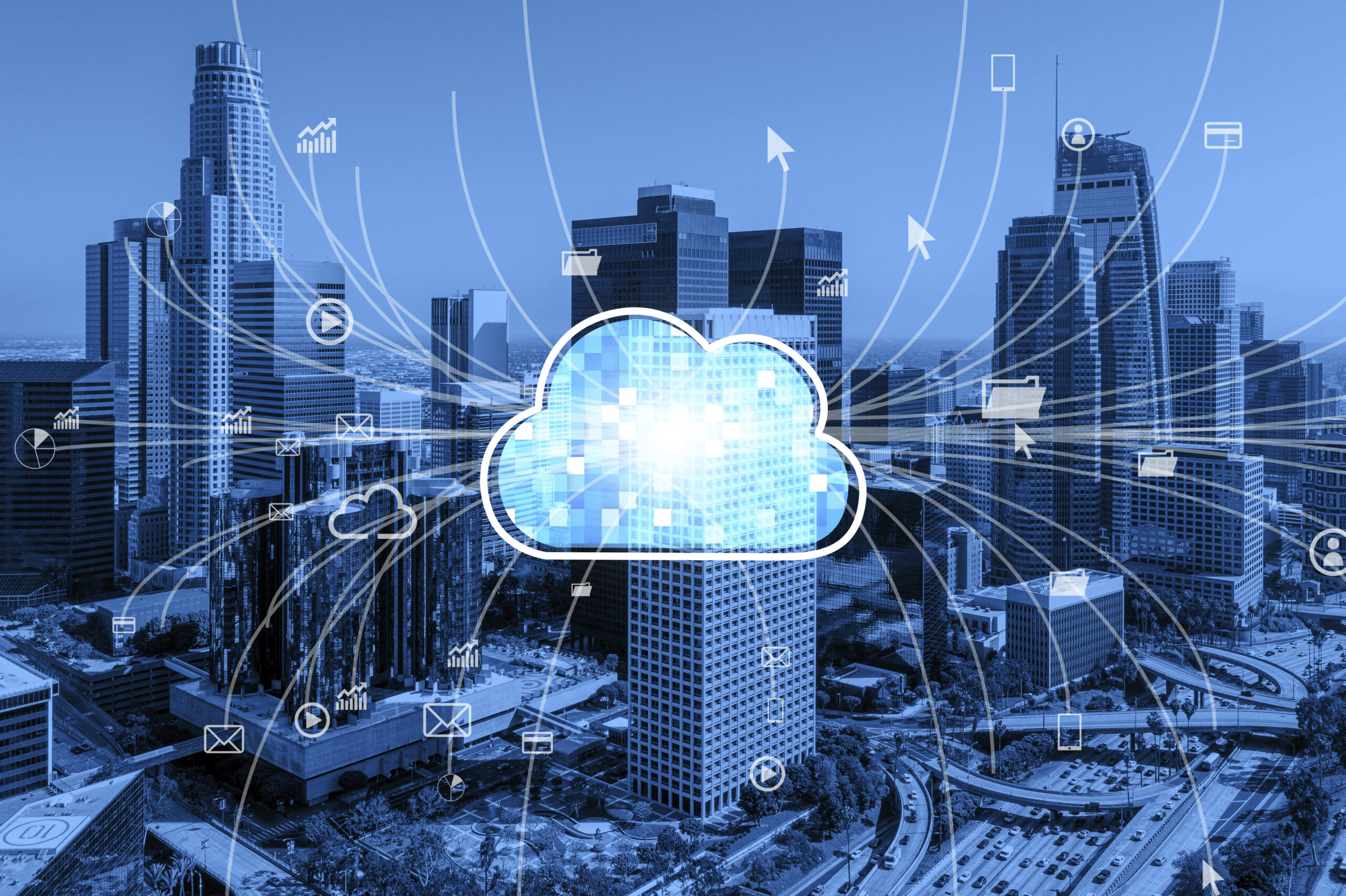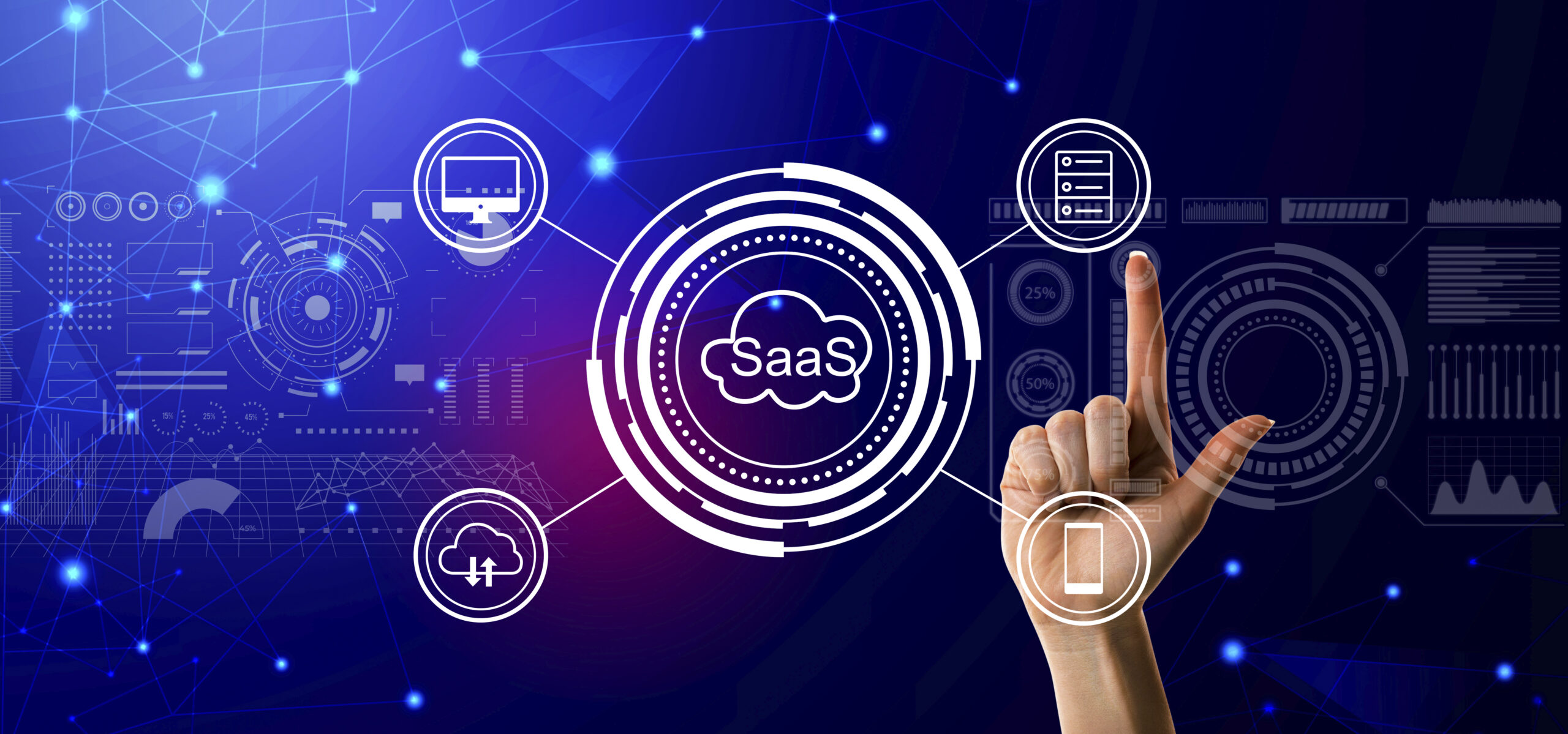Enterprise Resource Planning (ERP) software has become a cornerstone for modern businesses aiming to streamline processes, enhance efficiency, and improve decision-making. By integrating all core functions into a unified system, ERP eliminates data silos, enhances collaboration, and enables real-time visibility into operations.
In this comprehensive guide, we explore the features, benefits, implementation strategies, and top ERP software solutions available today, enabling you to make an informed decision for your organization.
What is ERP Software?
ERP software is a centralized platform that integrates various business functions such as finance, human resources, supply chain management, manufacturing, customer relationship management, and inventory management.
Instead of using separate tools for each department, ERP consolidates these into a single system, ensuring data accuracy, workflow automation, and improved productivity.
Key Features of Modern ERP Software
A robust ERP system includes a wide range of features designed to meet the needs of different industries:
1. Financial Management
- Real-time tracking of income, expenses, and assets
- Automated billing, invoicing, and tax compliance
- Advanced reporting and analytics for strategic decision-making
2. Supply Chain Management
- End-to-end visibility of procurement, inventory, and logistics
- Demand forecasting and vendor management
- Reduced lead times and improved order accuracy
3. Human Resource Management
- Employee data management and payroll automation
- Recruitment, onboarding, and performance tracking
- Workforce analytics for better talent utilization
4. Customer Relationship Management (CRM)
- Centralized customer database
- Sales tracking, lead management, and after-sales service
- Improved customer engagement and retention
5. Manufacturing and Production
- Real-time shop floor monitoring
- Production scheduling and quality control
- Integration with IoT devices for smart manufacturing
Benefits of Implementing ERP Software
The adoption of ERP software delivers a variety of business-transforming benefits:
- Increased Efficiency – Automated workflows reduce manual errors and save time
- Enhanced Data Accuracy – Single source of truth for all departments
- Improved Decision-Making – Real-time insights enable proactive strategies
- Scalability – Adapts to the growing needs of your business
- Regulatory Compliance – Built-in compliance tools for industry regulations
Types of ERP Software
ERP solutions are designed to cater to various business sizes and needs:
1. On-Premise ERP
Installed locally on company servers with high customization capabilities, ideal for businesses requiring full control over their systems.
2. Cloud-Based ERP
Hosted on the vendor’s servers, offering flexibility, remote access, and lower upfront costs. Updates are automatic and maintenance is handled externally.
3. Hybrid ERP
A mix of on-premise and cloud solutions, giving organizations the best of both worlds.
Steps to Successfully Implement ERP Software
Implementation is a critical process that requires careful planning and execution:
- Identify Business Needs – Analyze gaps and define the ERP requirements
- Select the Right Vendor – Compare features, industry focus, and pricing
- Data Migration – Ensure accurate transfer of existing data
- Customization and Integration – Adapt ERP modules to your workflows
- Training and Change Management – Prepare employees for smooth adoption
- Testing and Deployment – Validate performance before going live
- Ongoing Support and Optimization – Regular updates and process improvements
Top ERP Software Solutions in 2025
The ERP market offers a variety of leading solutions tailored to different business needs:
1. SAP S/4HANA
- Industry leader with advanced AI-driven analytics
- Highly scalable and ideal for large enterprises
- Strong integration with supply chain and manufacturing
2. Oracle NetSuite
- Cloud-based ERP for businesses of all sizes
- Robust financial and CRM capabilities
- Highly customizable modules
3. Microsoft Dynamics 365
- Seamless integration with Microsoft tools like Office 365
- Strong AI and business intelligence features
- Flexible deployment options
4. Odoo
- Open-source ERP solution with modular approach
- Cost-effective for SMEs
- Community-driven enhancements and support
5. TallyPrime
- Popular in small and medium Indian businesses
- Easy accounting, GST compliance, and inventory tracking
- Affordable and user-friendly
ERP Trends Shaping the Future
The ERP landscape is evolving rapidly with new technologies:
- Artificial Intelligence & Machine Learning – Predictive analytics and smart automation
- IoT Integration – Real-time monitoring of assets and production
- Blockchain in ERP – Enhanced transparency and security in transactions
- Mobile ERP Solutions – Access ERP data from anywhere, anytime
- Industry-Specific ERP – Tailored solutions for manufacturing, healthcare, retail, etc.
How to Choose the Right ERP Software
When selecting an ERP solution, consider these factors:
- Business Size & Industry – Choose software built for your sector
- Customization Needs – Evaluate flexibility for specific workflows
- User-Friendliness – Ensure the interface is easy to navigate
- Integration Capabilities – Ability to connect with existing tools
- Total Cost of Ownership – Include implementation, training, and support costs
Conclusion
ERP software is no longer a luxury—it’s a necessity for businesses aiming to stay competitive in a digital-first economy. From streamlining operations to offering deep insights into business performance, ERP systems empower organizations to work smarter, faster, and more efficiently.
Choosing the right ERP solution, implementing it strategically, and keeping up with technological advancements will position your business for long-term growth.











